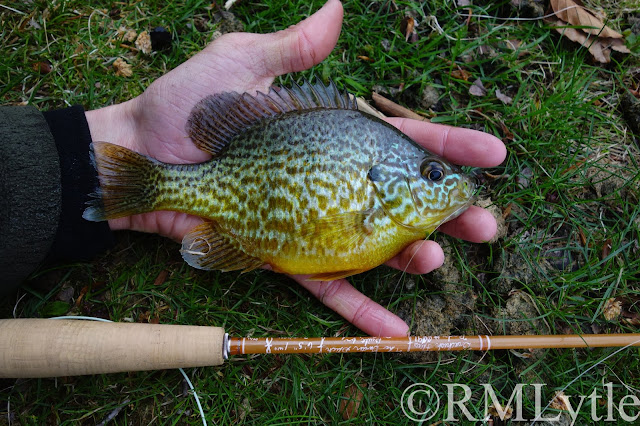In Southern Appalachia, the char that dwell in cold mountain streams are called "specks," short for speckled trout. These are the very same char that inhabit both lowland and upland streams here in New England; our regional name is, more often, "brookie," short for brook trout. I think both are fairly appropriate. They certainly aptly describe the fish. One merely describes where it lives, the other what it looks like. In Latin the species is Salvelinus fontinalis, loosely meaning "char living in springs." Frankly, no name can fully describe this fish.
I payed a visit to a spring not long ago where these speckled salmonids swim. It was an unplanned trip, I just found myself an hour early to meet a friend and right next to a familiar little stream. And of course I always have a rod in the vehicle, so all I needed to do was pull it out and tie on one of the Ausable Bombers that lives on the brim of my hat. Specks are simple creatures and don't demand expensive gear or complex presentations most of the time. A calculated approach is necessary, but usually only because of the environment. Open casting windows are a luxury.
I walked until I saw a rise. I may have caught a dozen fish trying to get that riser before I actually got the fly to drift over it though. These fish can't let a meal pass. They live in an environment where caloric intake is both difficult and necessary.
Eventually I got my fly through the hidden fish and to the one that was actually rising... it was much smaller than the others! Downstream, though, I found a nice one feeding in a shallow riffle.
As we slide into summer, though today definitely doesn't feel like it, these fish will be at their most aggressive. I feel its important to note, however, that they act this way because they are fighting to survive. We as anglers should be aware of that. We shouldn't over-indulge. I'm learning to be satisfied with fewer fish to hand. Respect the specks.
Until next time,




















































